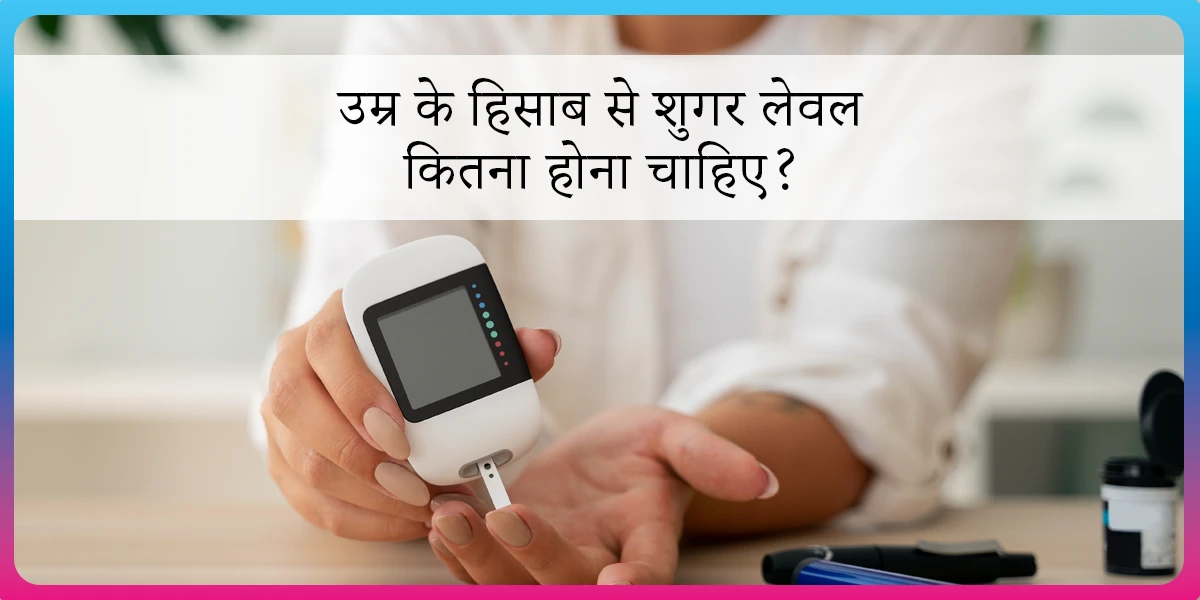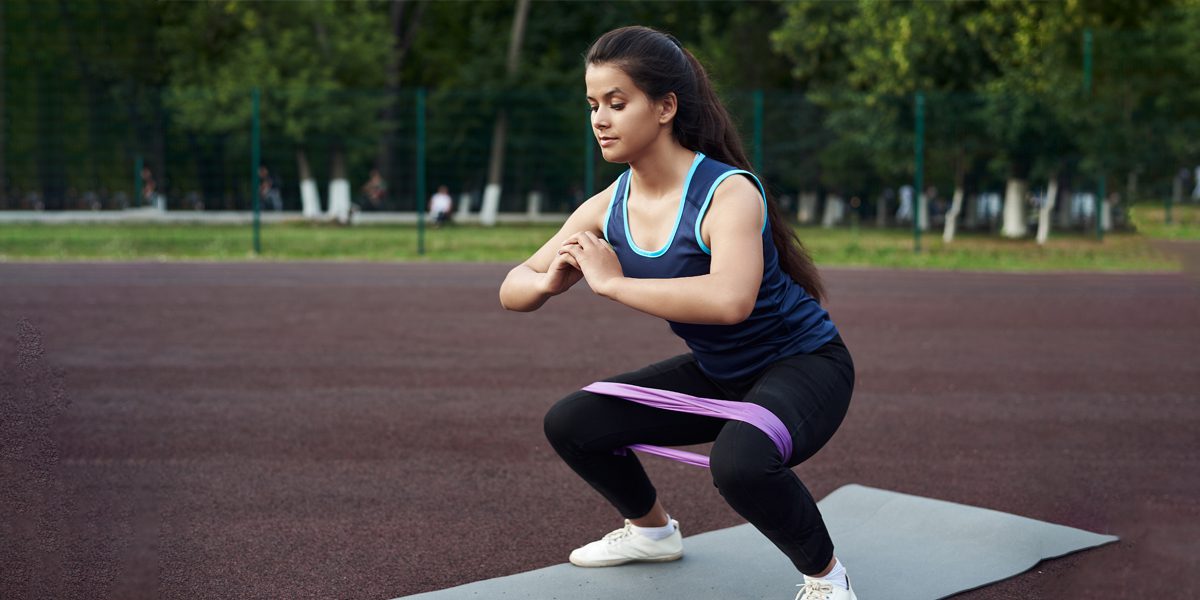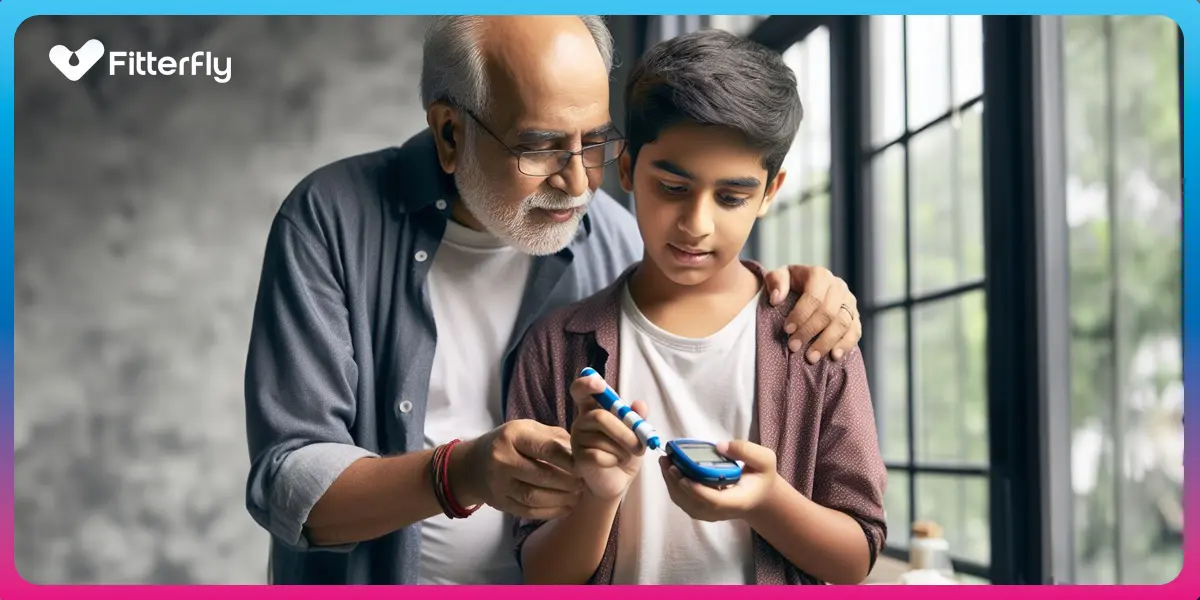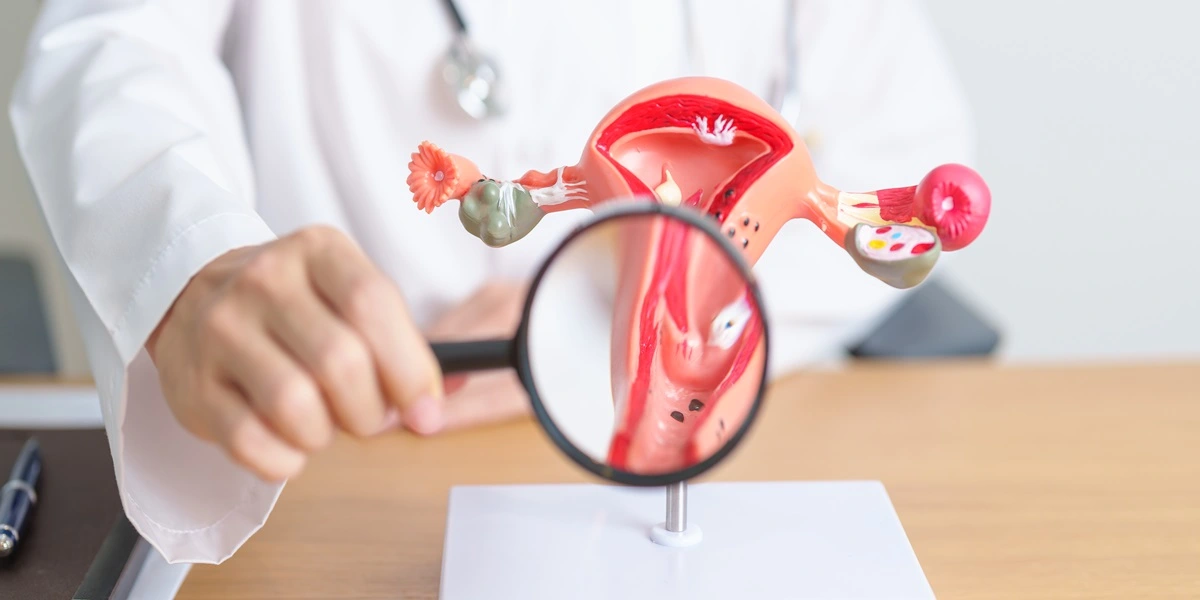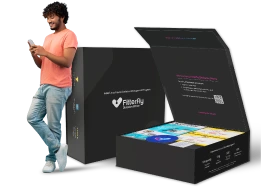Is Ragi Good For Diabetes?
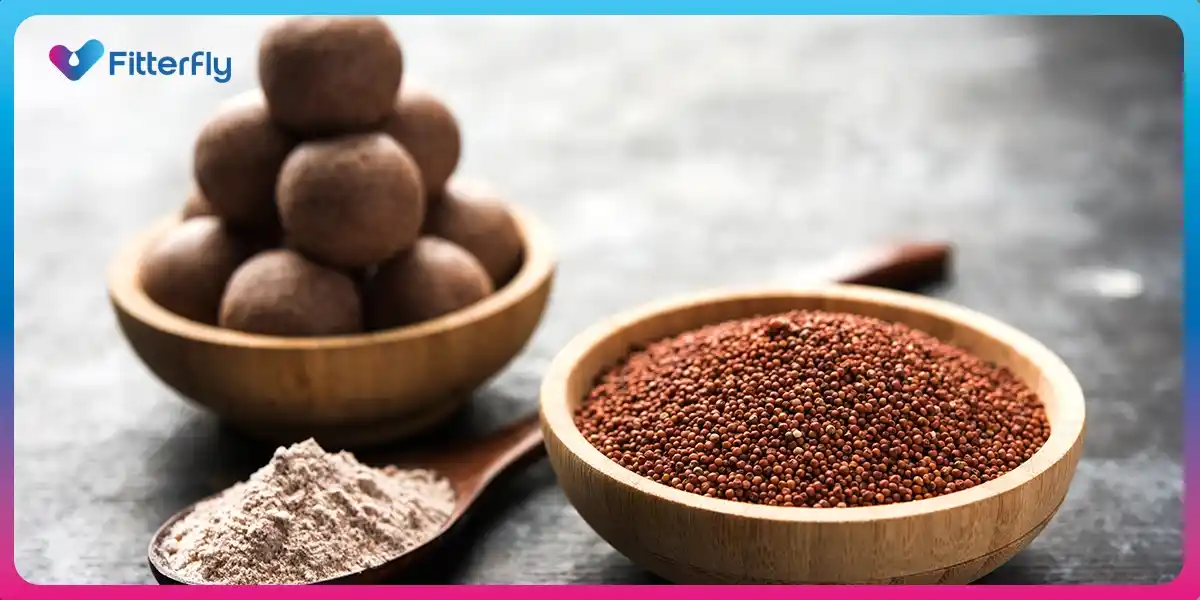
One of the things that people often struggle with in diabetes is creating a diabetes diet plan which includes foods that don’t increase your blood sugar levels.
And one of the popular myths is giving up atta and switching to multigrain flour or millet because it is believed to be higher in fiber content. So, let’s understand if this is really the case.
Read on to find out more about the nutritional value and glycemic score of ragi, understand the portion of ragi people with diabetes should add to their diet.
Find out if ragi is good for diabetes, the effect it can have on blood sugar levels and overall health, and if it has any benefits for people with diabetes.
To know your chances of Diabetes reversal, take the Diabetes Reversal TestDiabetes Reversal
Calculator
What is Ragi?
Ragi is also very commonly known as naachni, and in English, it is known as finger millet. The word ‘millet’ refers to a group of small and rounded whole grains.
Ragi is brown in color and can somewhat resemble whole mustard seeds. The ragi seeds can also be powdered or ground, to make ragi ka atta or ragi flour that you can easily use in different recipes.
Nutritional Value of Ragi
As per IFCT 2017, in a 100-gram serving of ragi, here are the nutritional elements that you can find:
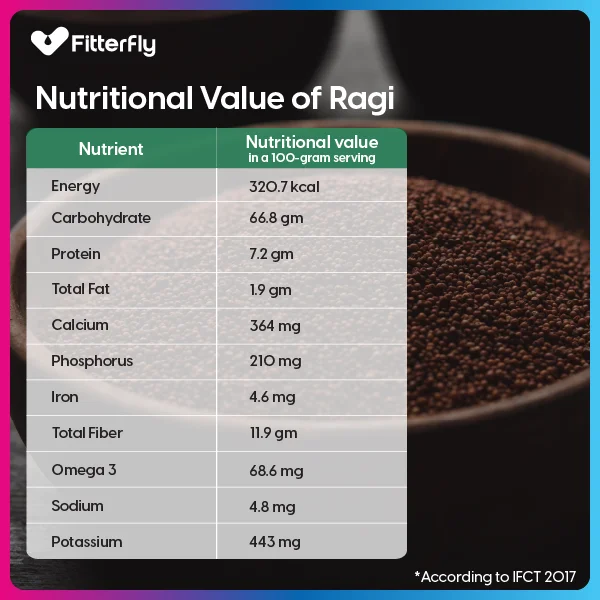
Ragi Glycemic Index
The glycaemic index of ragi for diabetes or the GI score of ragi ranges between 54 and 68.
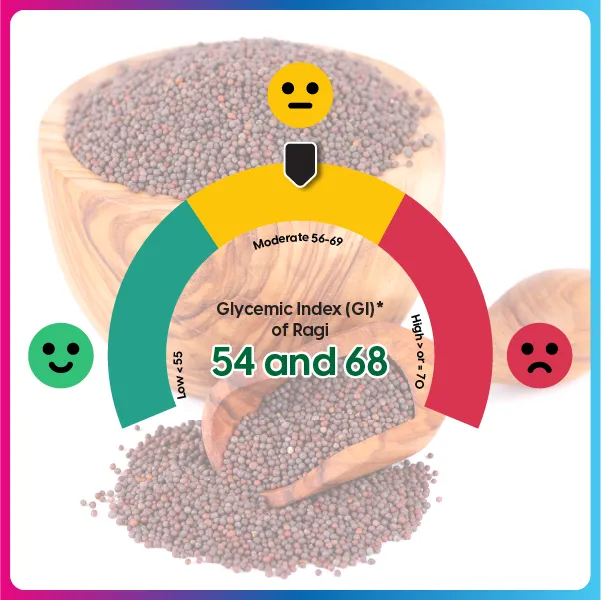

The glycaemic index of ragi preparation will depend on whether you are using ragi as a whole grain or whether you are using ragi in the atta form.
Ragi is on the medium scale of the glycaemic index score.
What are the Health Benefits of eating Ragi?
There are various health benefits of eating ragi.
- Ragi is very high in fiber content, which means that it will help you feel full after consuming it. This can help prevent unhealthy hunger pangs and will help you stay feeling full till your next meal.
- Ragi is also gluten-free and will work as a great food choice for those who are intolerant to gluten.
- Ragi is rich in antioxidant levels. Which helps reduce oxidative stress in your body.
- Ragi is rich in its content of magnesium and will also keep your heart healthy.
- The amount of calcium found in ragi is good for bone health
- Ragi is also a good source of vitamin B1 which is also known as thiamine. And vitamin B3 or niacin which is good for the health of your skin.
Ways to Consume Ragi
Adding ragi for diabetes management could be both delicious and nutritious. Here are some food made with ragi to enjoy it:
- Ragi Dosa
- Ragi Porridge
- Ragi Roti
- Ragi Malt
- Ragi Cookies
Healthy Recipes of Ragi for Diabetes
1. Ragi Onion Masala Dosa
Ingredients
- 1 cup ragi flour
- ¼ cup rice flour
- ¼ cup yogurt
- 1 chopped onion
- 1 chopped green chili
- 1 tablespoon coriander leaves
- Cooking oil
- ½ cup water
- Salt
Preparation Steps
Step 1: Mix ragi flour, rice flour, green chilies, yogurt, water, and salt. Let the batter rest for 30 minutes.
Step 2: Add onions and coriander leaves to the batter. Heat oil, add mustard seeds, then cumin and curry leaves, and mix into the batter.
Step 3: Pour batter onto a hot pan, cook until light brown, flip and cook the other side. Serve with potato curry.
2. Ragi Idli
Ingredients
- 1 cup idli rice
- ½ cup urad dal
- ¼ cup thick poha
- ¼ teaspoons methi seeds
- 1 cup ragi flour
- ⅓ cup water
- 1 teaspoon rock salt
Preparation Steps
Step 1: Soak urad dal and idli rice separately for hours.
Step 2: Grind urad dal, adding water to smooth.
Step 3: Mix ragi flour and soaked idli rava into urad dal batter and ferment for 8-10 hours.
Step 4: Add salt and cooking soda, then steam the batter as idlis.
3. Ragi Halwa
Ingredients
- 2 cups ragi flour
- 2 cups jaggery or coconut sugar
- 1 cup coconut oil or ghee
- ½ cup cashew
- 6 cardamom seeds (powdered)
- 4 cups water
Preparation Steps
Step 1: Saute cashews in ghee/coconut oil, set aside.
Step 2: Mix ragi flour with water to make a paste.
Step 3: Cook the paste with constant stirring, add jaggery/sugar and cardamom.
Step 4: Gradually add ghee/oil, keep stirring. Once it thickens, add cashews, cook till oil separates. Serve hot.
Reduced diabetes medications in 3 months


6.8%
Happy members
EMI
Guarantee
4.8/5
Diabetes Prime Program
Is Ragi Good for Diabetes?
While eating whole grains or millet is overall good for people and may even aid in weight loss. But in the data that we have from the personalized glycemic response of thousands of members, has shown that ragi preparations lead to a spike in blood sugar levels.
Hence, ragi preparations should be used with caution after understanding how blood sugar behaves in that individual post consumption.
However, the only way to know if it is a healthy option for you and will not spike your blood sugar levels is to measure your blood glucose, two hours post consumption.
If you enroll in Fitterfly’s Diabetes Prime Program we first map your meals to your blood sugar levels to understand your PGR to different foods using a continuous glucose monitor device or a smart glucometer like AccuChek Instant.
You can however use a glucometer that you have available with you, just consume food, note down the food somewhere, and then take your blood sugar after 2 hours to see how your blood sugar is responding to that particular food. The same goes for ragi.
Also, while diet is an important part of diabetes management it is also essential to focus on other aspects such as exercise, stress, and sleep.
Fitterfly Diabetes Prime Program is comprehensive, clinically validated, and has proven outcomes. To learn more about the award-winning program that has helped 20K+ Indians manage their diabetes, call 08068507599 and talk to us today for a free consultation.
This blog provides general information for educational and informational purposes only and shouldn't be seen as professional advice.
Frequently Asked Questions
Best way to eat ragi for people with diabetes
If ragi passes the PGR test for you or if your nutritionist has advised you to eat ragi. You can add it in your diet in the form of rotis, chilas, idli, dosa, or sprouts. However, when it comes to a healthy diet plan for people with diabetes. No matter what the source of your carbohydrates make sure to add protein and fiber to every meal.
How much ragi should people with diabetes eat?
How much of any food you should consume depends on the calorie milestone that your diabetes management team or doctor has set for you.
Who should avoid eating ragi?
If you have any of the above health issues, please make sure that you first speak to your doctor before you include ragi in your meal plan, as otherwise, it could aggravate your health issues.
Does ragi flour raise blood sugar?
Whether or not ragi will raise your blood sugar levels is something that you will need to check by checking your blood sugar levels 2 hours after you have had your meals or getting real-time insights using a glucometer.
What is the best time to ragi?
There is no right or wrong time to eat ragi.
Is Ragi Flour Good for Diabetes?
The perception among people is that ragi flour is good for diabetes but our PGR data shows otherwise.
Is Ragi Dosa Good for Diabetes?
If Ragi Dosa is good for diabetes depends on how your body reacts to sugar (your personal glycemic response) to it.
Is Ragi Good for Weight Loss?
Yes, ragi can aid in weight loss. As ragi preparations are rich in high dietary fiber, which keeps you feeling full for longer periods and helps in reducing appetite.
What are some ways to incorporate ragi for diabetes into the diet?
To incorporate ragi for diabetes into the diet, consider preparing ragi-based dishes like porridge, roti, and idli, which are both diabetes-friendly and nutritious.











